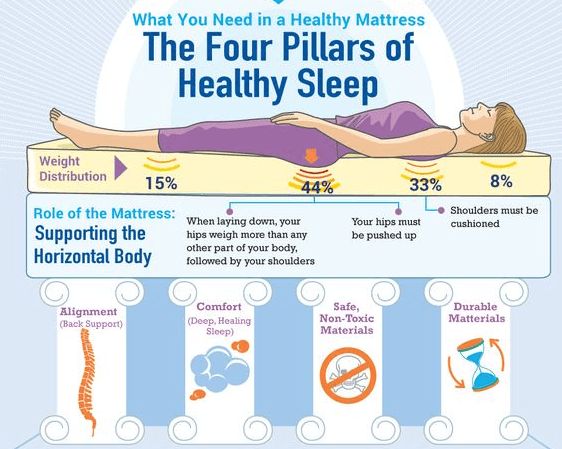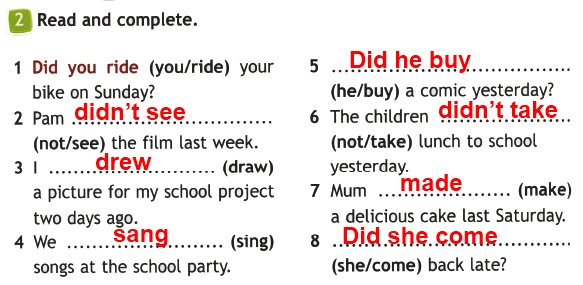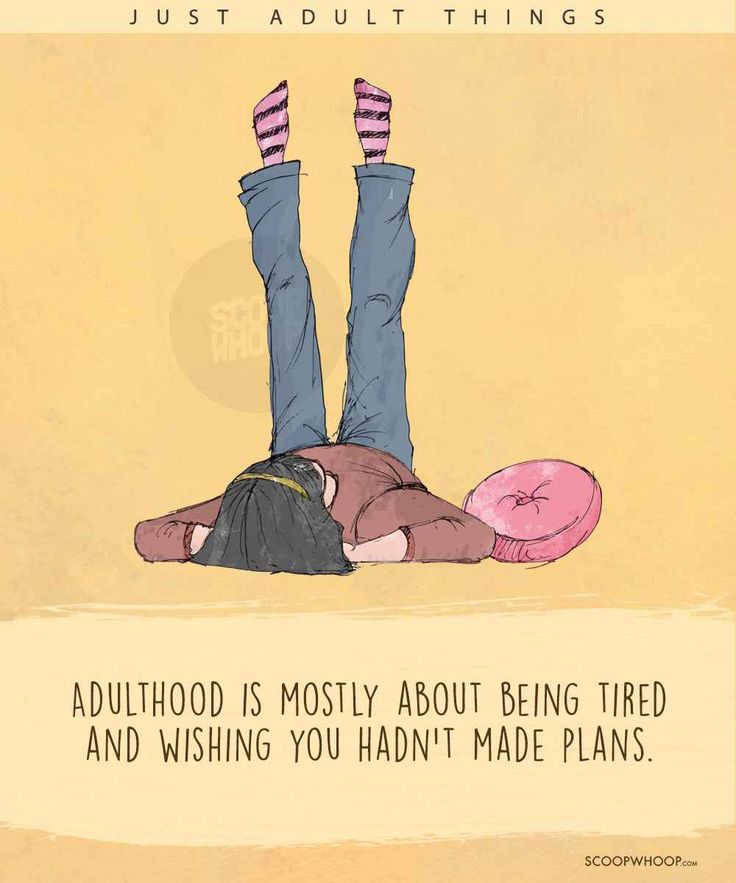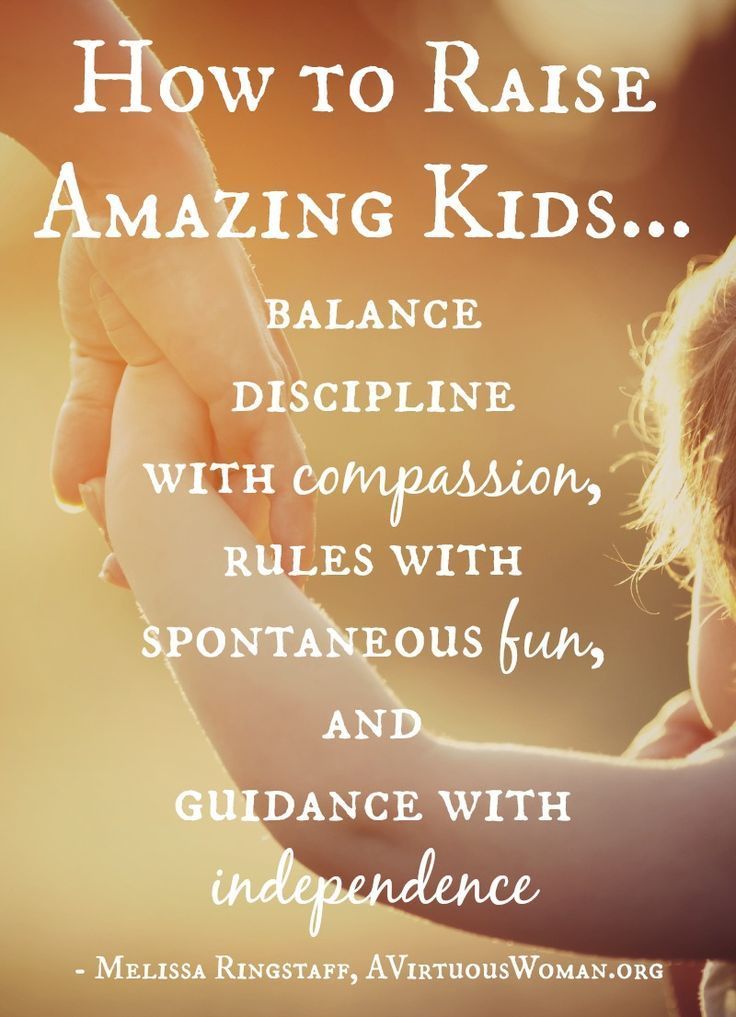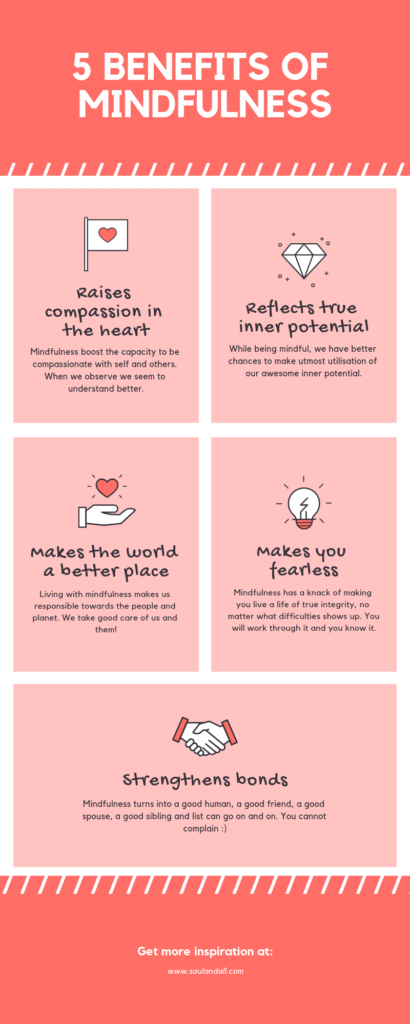How long should a 4 month old sleep at night
4 Month Old Sleep Schedule
You and your baby have learned so much together in the last 4 months. And there are so many more fun things in store for the both of you! Let me share with you common questions I get from parents about four month old sleep schedules, wake windows, and milestones.
What is a sample sleep and feeding schedule for a 4 month old? #
Here is a sample schedule for four month olds:
Just remember, this is an example schedule for your four month old, so don’t try to follow it to the minute. As always, we need to stay flexible and follow our babies’ unique cues and wake windows for feeding times and naps.
What are wake windows for a 4 month old? #
A four month old’s wake window ranges from 90 to 120 minutes. We typically see these wake windows start shorter in the morning and get longer as the day goes on.
Likewise, as babies get older, those wake windows will need to expand. At 17 weeks, not all babies will be ready for wake windows that last the full 120 minutes, even at the end of the day. On the other hand, at 21 weeks, a 90 minute wake window will be too short, even first thing in the morning.
Continue to watch your baby to help determine the best wake windows within this age-specific range. At around four months old, we really start to balance sleepy cues with the time on the clock to ensure we're setting our babies up for sleep success.
What are 4 month old milestones? #
Milestones are exciting moments for parents, and your four month old may have a few new ones to show you this month! Just keep in mind that milestones are based on age ranges, and every baby is unique. Speak with your pediatrician if you’re concerned about your baby not meeting milestones.
At four months old, here are some possible milestones you’ll see:
Your baby may now intentionally open and close their hands.
Your baby may put objects in their mouth now that hand-eye coordination is improving.
Your baby may roll from belly to back and start working on back-to-belly rolling!
Your baby may be able to sit with support, showing off their new core strength!
Your baby continues to coo and babble in response to interaction.

What are some activities for a 4 month old? #
At four months old, your baby is noticing more and more around them! Your baby is becoming a little explorer wanting to understand their world. Any activities that give your four month old a chance to explore their environment are great at this age.
Here are a few activities you can try:
Read books and sing with your baby during tummy time.
Use a playmat or play gym for tummy time and practicing rolling (Playmats are also great for promoting independent play.)
Give your baby toys that are safe to explore with their mouth.
Give your baby crinkle books with high-contrast colors and patterns.
Use a mirror to look in and make faces with your baby.
I also have some recommendations in my Amazon store of toys for your four month old.
How long should a 4 month old nap? #
Naps can still be inconsistent at four months old and can range from 20 to 120 minutes. We do want to cap any one nap at 2 hours. (Yes, that means you may need to wake your baby.) Keeping any single nap at no more than 2 hours allows enough time in the day for your baby to get those good daytime calories and ensures they're not getting too much daytime sleep. At four months, we also want to keep total daytime sleep under about 4.5 hours.
We do want to cap any one nap at 2 hours. (Yes, that means you may need to wake your baby.) Keeping any single nap at no more than 2 hours allows enough time in the day for your baby to get those good daytime calories and ensures they're not getting too much daytime sleep. At four months, we also want to keep total daytime sleep under about 4.5 hours.
How many naps is best for a 4 month old? #
Typically, four month olds average about 4 naps a day, but taking 3-5 naps per day is normal, depending on the length of the naps. Short naps can still be common at this age. So if your baby is consistently taking short naps, your baby may need 5 naps.
As your baby approaches five months old, we do want to begin to aim for 3 naps a day by gently expanding wake windows and working on more solidified naps.
How much should a 4 month old sleep? #
Our goal at four months old is about 3.5-4.5 hours of daytime sleep and 10-12 hours of night sleep. As we think about how much sleep your baby should have at this age, you’ll want to remember that:
As we think about how much sleep your baby should have at this age, you’ll want to remember that:
No nap should go longer than 2 hours.
Wake windows should be around 90 to 120 minutes.
Your baby’s night shouldn’t last longer than 12-12.5 hours.
When is bedtime for a 4 month old? #
I wish I had a universal for you. Here's what I know: By five months old, our goal bedtime is between 7 and 8 pm. Many four month olds do best with that 7 to 8 pm bedtime. However, some babies do hold on to a later bedtime just a bit longer. So please know, if your baby is thriving with a bedtime between 8 and 10 pm, there's no need to change anything yet.
Keep in mind that if your baby is struggling with false start bedtimes, night wakings, or early morning wakings, it might be time to consider shifting bedtime to the 7 to 8 pm range.
When should the last nap be for a 4 month old?#
If you're aiming for a 7 to 8 pm bedtime, we want the last nap to end between 5 and 6 pm.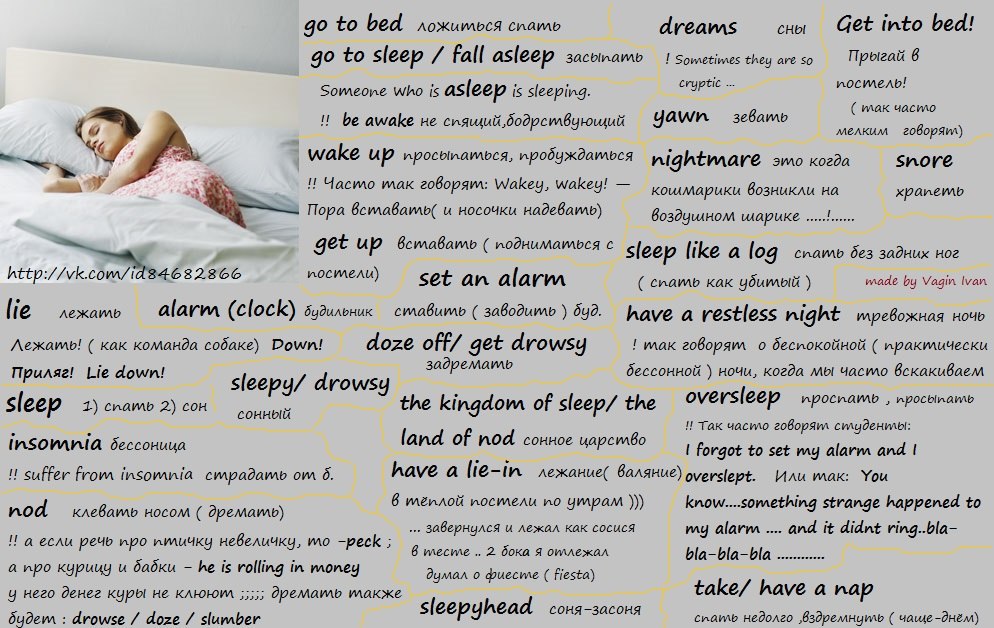 Ultimately, we’ll need 110-120 minutes of awake time before bed to make sure your baby is ready for sleep. Let that be your guide in determining when to start and end that last nap of the day. (See the schedule above for an example of how this might play out in a typical day.)
Ultimately, we’ll need 110-120 minutes of awake time before bed to make sure your baby is ready for sleep. Let that be your guide in determining when to start and end that last nap of the day. (See the schedule above for an example of how this might play out in a typical day.)
Is there a 4 month old sleep regression? #
Yes! Around four months old, there is a major change in sleep cycles that can disrupt sleep. We often refer to this change as the four month sleep regression. You may discover with these big changes what worked for your baby before doesn’t work now. Read my blog on the four month sleep regression to learn how to navigate it.
What do I do if my 4 month old needs a pacifier to sleep?#
Pacifiers are a tool that can be helpful for baby sleep. If you’re using a pacifier and it’s not disrupting your baby’s sleep, there is no need to worry.
If you’re finding your baby is frequently waking because of their pacifier, my Navigating Months 3 & 4 guide can help you by decreasing the need for your baby’s pacifier during the night. You can also read this blog about pacifiers and baby sleep for more tips.
You can also read this blog about pacifiers and baby sleep for more tips.
Should I swaddle my 4 month old? #
Swaddling all depends on your baby’s skills at four months old. The American Academy of Pediatrics says babies can remain swaddled until they show signs of rolling. If your baby is showing signs they’re ready to roll, it’s time to transition out of the swaddle.
One product that can help with the transition is Merlin’s Magic Sleep Suit (use code CARA15 for 15% off).
Can a 4 month old sleep on their stomach? #
For the first 12 months, we are always going to lay a baby on their back to sleep. However, if your baby can roll independently from their back to their belly, most pediatricians say tummy sleep is safe. Talk with your pediatrician if you have any questions or concerns.
Please keep in mind that it’s never safe for a swaddled baby to sleep on their stomach.
Why is my 4 month old baby fighting sleep? #
When a baby is overtired or undertired, it may be difficult for them to fall asleep and/or stay asleep. Following age-appropriate wake windows and maintaining a consistent bedtime routine can help prevent your four month old from fighting sleep.
Following age-appropriate wake windows and maintaining a consistent bedtime routine can help prevent your four month old from fighting sleep.
Sleep may also be disrupted or difficult when your baby is experiencing a new milestone or going through the four month sleep regression!
How do I sleep train my 4 month old? #
I recommend waiting until your baby is five months old to begin formal sleep training. At four months old, babies just aren’t developmentally ready. Why? Melatonin is still regulating, sleep cycles are still shifting, and so much new learning is happening in your baby's brain. This 4 month sleep regression makes sleep training much more difficult. In fact, those who attempt sleep training at 4 months, often experience more crying and less success.
When do babies start sleeping through the night? #
Every baby is unique, so there is no specific age when babies start sleeping through the night. But, at four months old, some babies can sleep 10-12 hours with no wakings or feedings.
However, it is very normal for babies at four months to still need one feeding at night. For some babies, the dream feed is a good fit, while others may need a feeding a little later in the night. If you want more help working toward longer night stretches, I'm here for you. Start by reading more about the 4 month sleep regression to figure out which resource is developmentally appropriate for your baby.
Wherever you are on your baby’s sleep journey, I want to give you the tools to thrive!#
I have lots of classes, tools, and resources to help your baby become a great little sleeper. Read my blogs on the 4 Month Sleep Regression and Which Class Should I Take? to understand where your baby is developmentally and what resources will work best for you and your family.
Still have a 3 month old? Read my 3 month old sleep and feeding schedule. Already have a 5 month old? I've got you covered with my 5 month sleep schedules.
Sleep and Your 4- to 7-Month-Old (for Parents)
By this age, your baby should be well on the way toward having a regular sleep pattern.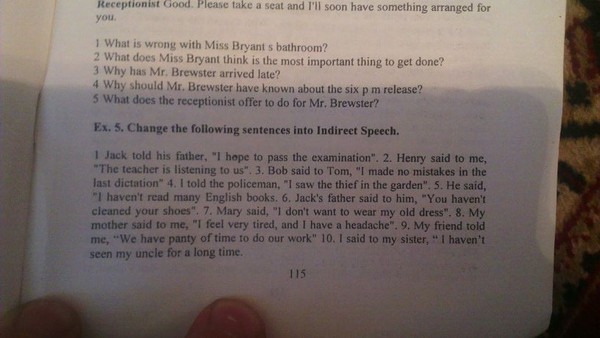 Some infants, particularly those who are breastfed, may still wake at night. But most no longer need a middle-of-the-night feeding.
Some infants, particularly those who are breastfed, may still wake at night. But most no longer need a middle-of-the-night feeding.
How Long Will My Baby Sleep?
Most babies this age should sleep 12–16 hours a day, which includes a longer stretch at night and at least two naps during the day, says the National Sleep Foundation. The average amount of daytime sleep is now about 3–4 hours.
By 6 months, most babies are sleeping at night for 9 hours or longer, with brief awakenings.
How Should Babies Sleep?
The American of Academy of Pediatrics (AAP) recommends room-sharing without bed-sharing until the first birthday or for at least 6 months, when the risk of SIDs (sudden infant death syndrome) is highest.
Room-sharing is when you place your baby's crib, portable crib, play yard, or bassinet in your own bedroom instead of in a separate nursery. This keeps your baby nearby and helps with feeding, comforting, and monitoring your baby at night.
While room-sharing is safe, putting your baby to sleep in bed with you is not. Bed-sharing increases the risk of SIDS and other sleep-related deaths.
Follow these recommendations for a safe sleep environment for your little one:
- Always place your baby on their back to sleep, not on the stomach or side. The rate of SIDS has gone way down since the AAP began recommending this in 1992. When babies consistently roll over from front to back and back to front, it's fine for them to remain in the sleep position they choose.
- Use a firm, flat sleep surface. Cover the mattress with a sheet that fits snugly.
- Do not put anything else in the crib or bassinet. Keep plush toys, pillows, blankets, unfitted sheets, quilts, comforters, sheepskins, and bumper pads out of your baby's sleep area.
- To avoid overheating, dress your baby for the room temperature and don't overbundle. Don't cover your baby's head while they're sleeping. Watch for signs of overheating, such as sweating or feeling hot to the touch.

- Keep your baby away from smokers. Secondhand smoke increases the risk of SIDS.
- Offer a pacifier to your baby at sleep time, but don’t force it. If the pacifier falls out during sleep, you don’t have to replace it. If you're breastfeeding, wait until breastfeeding is firmly established.
- Watch out for other hazards, such as items with cords, ties, or ribbons that can wrap around a baby's neck, and objects with any kind of sharp edge or corner. Look around for things that your baby can touch from a seated or standing position in the crib. Hanging mobiles, wall hangings, pictures, draperies, and window blind cords could be harmful if they are within a baby's reach.
- Don’t let your baby fall asleep on a product that isn’t specifically designed for sleeping babies, such as a sitting device (like a car seat), a feeding pillow (like the Boppy pillow), or an infant lounger (like the Dock-a-Tot, Podster, and Bummzie).
- Don’t use products or devices that claim to lower the risk of SIDS, such as sleep positioners (like wedges or incliners) or monitors that can detect a baby’s heart rate and breathing pattern.
 No known products can actually do this.
No known products can actually do this. - Don’t use weighted blankets, sleepers, or swaddles on or around your baby.
- Make sure that all sleep surfaces and products you use to help your baby sleep have been approved by the U.S. Consumer Product Safety Commission (CPSC) and meet federal safety standards.
Helping Your Baby Sleep
You may have started a bedtime routine that you're sticking to. If you haven't yet, now is a good time to start. Soothing activities that lead up to "night-night" time can help relax your baby. A warm bath followed by stories or singing will signal an end to the day, and these same activities can be used at bedtime for years to come.
You'll want your baby to fall asleep on their own. This may mean doing your nighttime routine and putting the baby into the crib while they're drowsy but still awake. If your baby cries, stay away for a few minutes. Your baby may settle down and go to sleep.
If the crying continues, soothe your baby for a moment without picking your little one up. This may go on a few times until your baby figures out that the crying is not getting results. This can be tough for parents, since it's upsetting to hear your baby cry. If you know your baby is safe (and not hungry, wet, soiled, or feeling unwell), it's OK to give them time to settle down.
This may go on a few times until your baby figures out that the crying is not getting results. This can be tough for parents, since it's upsetting to hear your baby cry. If you know your baby is safe (and not hungry, wet, soiled, or feeling unwell), it's OK to give them time to settle down.
Why Does My Baby Wake at Night?
Even a baby who has been sleeping through the night will sometimes wake in the wee hours, just as adults do. Some babies may call out or cry in the middle of the night, then calm down when mom or dad enters the room. This is due to separation anxiety, a normal stage of development that happens during this time.
Give your baby a few fussy minutes before you respond. After seeing that everything is OK and reassuring your baby without taking your little one out of the crib, leave your baby alone to fall back to sleep.
Remember: Cuddling, feeding, or talking when your baby wakes up may prompt your little one to wake regularly for this attention.
When Should I Call the Doctor?
Most infants at this age will have a regular sleep routine and are able to sleep through the night.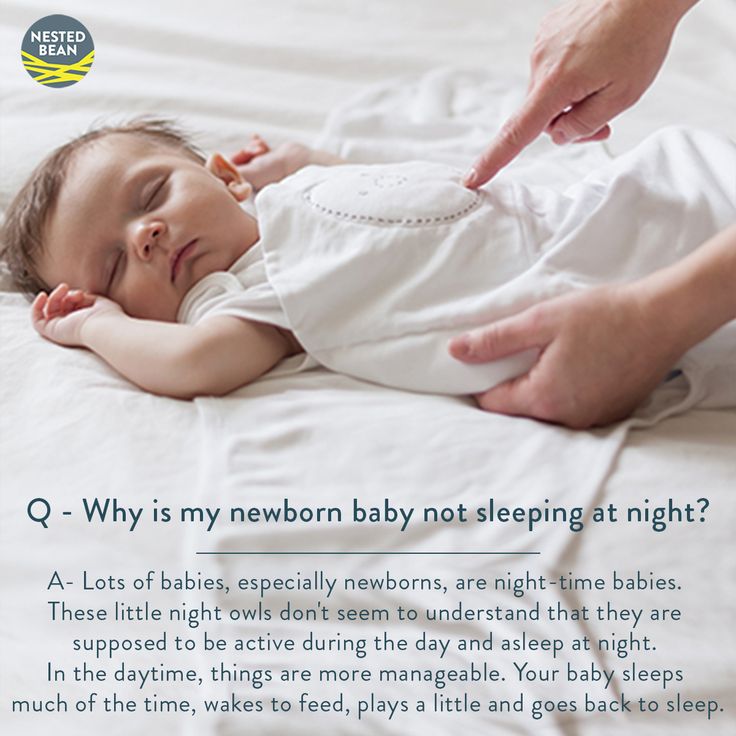 But there is a wide range of normal. If you have any questions about your baby's sleep, talk with your doctor.
But there is a wide range of normal. If you have any questions about your baby's sleep, talk with your doctor.
Children's Clinical Medical Center of Chita
Sadly, pediatricians are increasingly stating the fact that modern children do not get enough sleep. And the lack of sleep in a child is much more dangerous than the lack of sleep in an adult. Children who sleep significantly less than normal grow more slowly and develop worse than their peers. This is easily explained.
First, growth hormones are produced during sleep.
Secondly, a good sound sleep contributes to a better memorization of previously received information.
Thirdly, general weakness due to lack of sleep makes it difficult to fully assimilate information.
In addition, the immune system is weakened in children with little sleep and the likelihood of developing diseases of the cardiovascular system increases. Sleep-deprived children become nervous, absent-minded, fussy.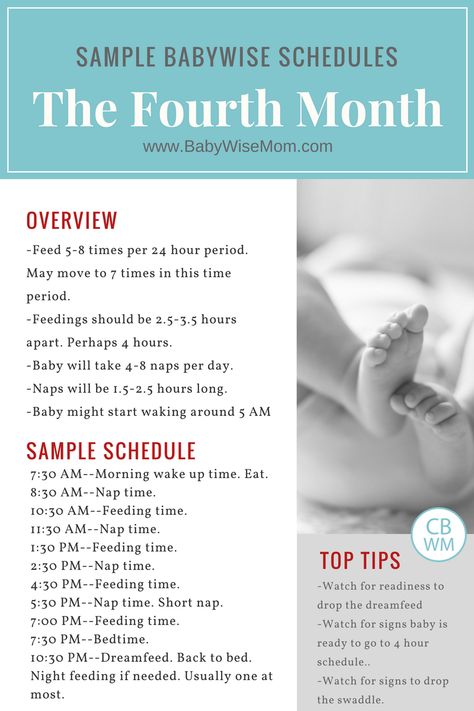 This applies to all children, regardless of their age: Babies and teenagers alike should sleep well.
This applies to all children, regardless of their age: Babies and teenagers alike should sleep well.
Parents are obligated to provide their child with adequate and healthy sleep.
For children, as for adults, the normal amount of sleep is individual. Some kids sleep more, some less. The figures given by doctors are an average. In general, they should strive for. These figures reflect the total amount of sleep per day, that is, taking into account both night sleep and daytime sleep.
- Newborn baby sleeps an average of 18-22 hours a day.
- Baby from 1 to 3 months old sleeps 18-20 hours.
- A 3-4 month old baby can sleep 17-18 hours.
- A 5-6 month old baby must sleep at least 16 hours.
- Baby 7 to 12 months old sleeps 14 to 16 hours a day.
- A child from 1 to 1.5 years old must sleep at least 10-11 hours at night and 3-4 hours during the day.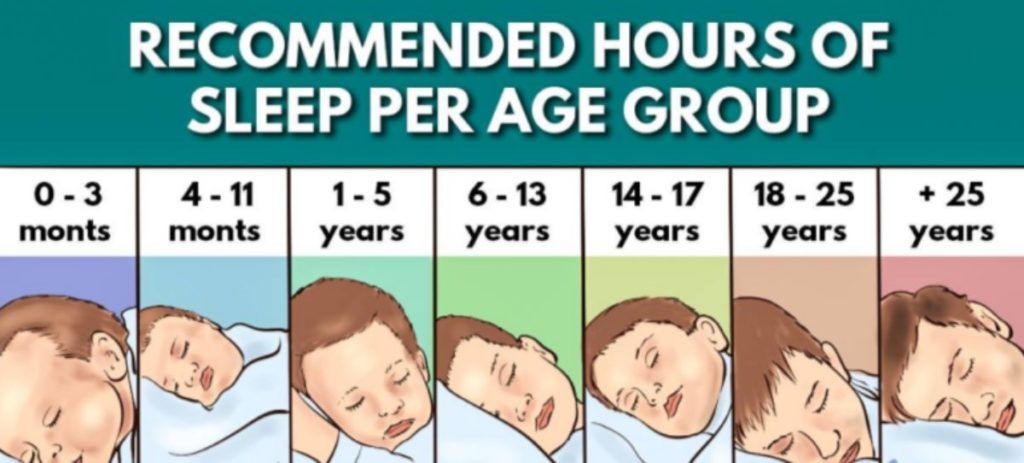 In general, at least 14 hours a day.
In general, at least 14 hours a day.
- A child from one and a half to 2 years old must sleep at least 10-11 hours at night and 2-3 hours during the day. In general, at least 13 hours a day.
- Child 2 to 3 years old must sleep at least 10-11 hours at night and 2-2.5 hours during the day. In general, at least 12.5 hours a day.
- Children 3-4 years old should sleep at least 10 hours at night and 2 hours during the day. In general, at least 12 hours a day.
- Children 5 to 7 years of age should sleep at least 9-10 hours at night and 1.5-2 hours during the day. In general, at least 10.5-11 hours a day.
- Pupils of elementary school may not sleep during the day. At night, they should sleep at least 9 hours, preferably 10 hours.
- Adolescent needs at least 9 hours of sleep per night.
- high school students should sleep an average of 8 hours per night.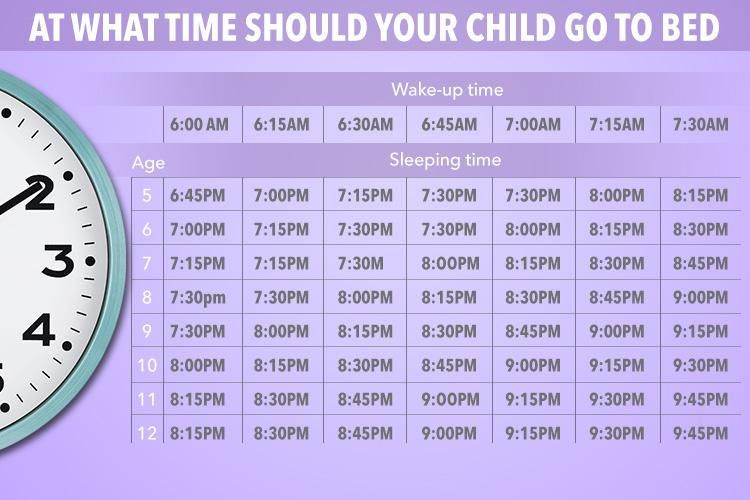
In order for the child to get enough sleep, it is necessary to follow the regimen and put him to bed at the same time. This is especially true for night sleep. Make it a rule to put the child to bed, for example, at 21 o'clock. And never deviate from this rule. Let there be guests in the house, let the child become interested in the game, let the parents have things to do - everything should be postponed for the sake of the child's sleep. If he gets used to going to bed at the same time, nothing will prevent him from relaxing in time and wanting to sleep. No game will seem more attractive to him than a fresh warm bed and a cozy pillow.
2. Preparation for sleep, relaxation, rituals.
In order for the child to fall asleep easily and quickly, already an hour or two before bedtime, he must be in a calm atmosphere. Noisy games, difficult puzzles, intellectual tasks, homework preparation, computer games, watching noisy long movies and cartoons, listening to loud music, etc.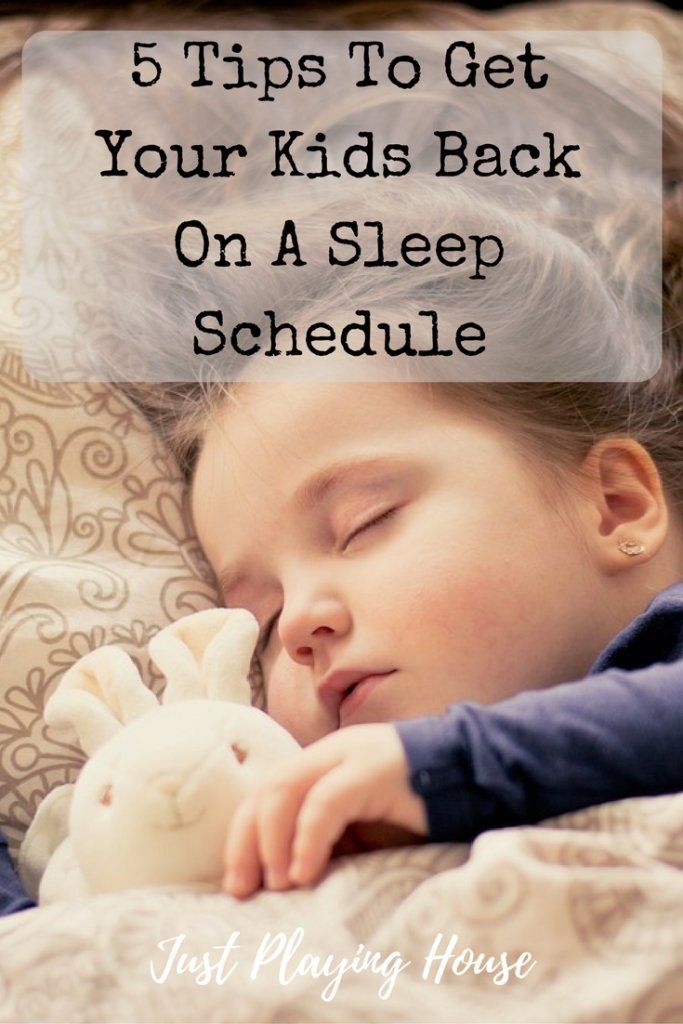 - all this should end an hour or two before going to bed. The kid at this time can calmly play with toys or listen to a fairy tale read by his mother. An older child can read by himself, chat with his parents, watch a calm movie. Yes, and not so much time will be left for quiet leisure, because direct preparation for sleep will require a lot of time. It is necessary to take a shower, brush your teeth, straighten the bed, change into pajamas, drink some water, etc. The same actions performed day after day before going to bed become a kind of ritual, the performance of which also helps the child tune in to sleep. And this, in turn, contributes to faster and deeper falling asleep and, as a result, better rest. If, for example, a few sips of water before bedtime suddenly become a habit, do not try to wean your child from it. Let this be your ritual helper. If a child is used to parents reading a fairy tale to him, then he needs to read, regardless of employment.
- all this should end an hour or two before going to bed. The kid at this time can calmly play with toys or listen to a fairy tale read by his mother. An older child can read by himself, chat with his parents, watch a calm movie. Yes, and not so much time will be left for quiet leisure, because direct preparation for sleep will require a lot of time. It is necessary to take a shower, brush your teeth, straighten the bed, change into pajamas, drink some water, etc. The same actions performed day after day before going to bed become a kind of ritual, the performance of which also helps the child tune in to sleep. And this, in turn, contributes to faster and deeper falling asleep and, as a result, better rest. If, for example, a few sips of water before bedtime suddenly become a habit, do not try to wean your child from it. Let this be your ritual helper. If a child is used to parents reading a fairy tale to him, then he needs to read, regardless of employment.
3. Lightness in the stomach.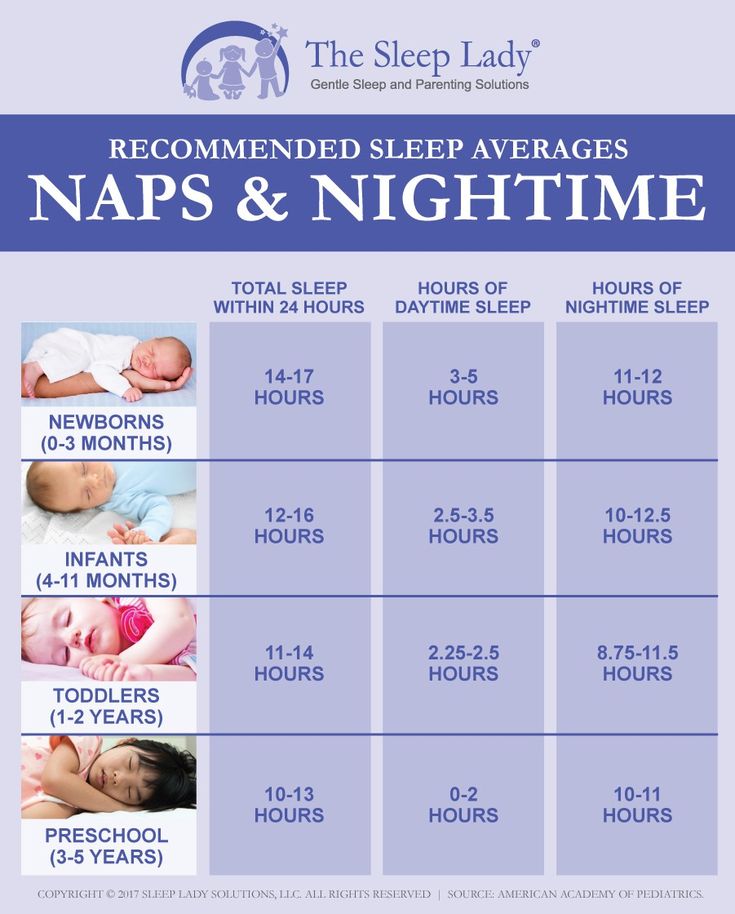
The last meal should be 2 hours before bedtime (this does not apply to infants and children who are breastfed). Shortly before bedtime, a child can drink a cup of tea with 1-2 cookies or a glass of kefir, but not with a high-calorie sandwich. Firstly, with ease in the body falls asleep more soundly. Secondly, dense high-calorie snacks before bedtime are bad for the stomach.
4. Comfortable atmosphere in the room.
The room must be well ventilated before putting the child to bed. If the room is dry, after airing it is worth turning on the humidifier and bringing the humidity level to an acceptable level. When the child goes to bed, you need to turn off the light, you can leave a dim nightlight if the baby asks for it. In no case should children be put to bed with the TV turned on or a flickering computer monitor. However, it is impossible to turn on the TV, the overhead light and the sound of the computer speakers even after the child falls asleep. Light noises and light may not wake him up, but they will make the child's sleep superficial, because of this, the body will not get proper rest. If this happens consistently, the child will show signs of sleep deprivation. That is, he seems to be sleeping as much as necessary, but still does not get enough sleep. The reason is the lack of conditions. The room where the child sleeps should be fresh, dark and quiet.
If this happens consistently, the child will show signs of sleep deprivation. That is, he seems to be sleeping as much as necessary, but still does not get enough sleep. The reason is the lack of conditions. The room where the child sleeps should be fresh, dark and quiet.
Sleep is very important for a child's normal growth and brain development, and regular lack of sleep can lead to serious illnesses. Create the conditions for your baby to fall asleep and carefully make sure that nothing interferes with his full sleep.
90,000 child’s sleep at 4 months-how much should a 4-month child
06/19/2015
485747
1607
of the table and sleep norms0005
3–6 months
Author of the article
Tatyana Chkhikvishvili
Tatyana Chkhikvishvili
Head of online programs, psychologist, sleep and breastfeeding consultant
Mom of two children
5
Now is a very difficult period in the life of a baby and his parents, a child’s sleep at 4 months, as a rule, deteriorates sharply.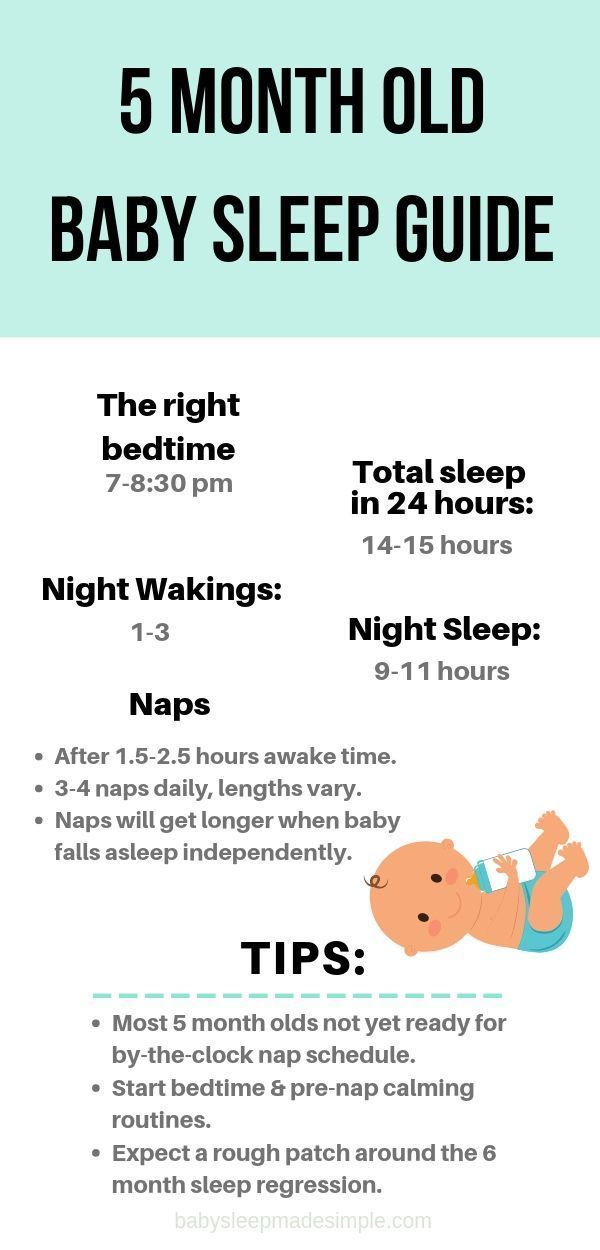 A child's sleep is greatly affected by the changes that occur during this period. It is important to help your child get through this time as comfortably as possible.
A child's sleep is greatly affected by the changes that occur during this period. It is important to help your child get through this time as comfortably as possible.
At this age, restful sleep averages 14.5–17 hours per day and consists of 10–12 hours of night sleep and 4.5–6 hours of daytime sleep. Comfortable wake time for a child at 4 months is on average 1 hour 45 minutes–2 hours, in this case, the rhythm of sleep and wakefulness of the baby is optimal.
Waking time is the interval from waking up to when the infant is already asleep, not before bedtime. It includes preparation for sleep and the process of falling asleep.
The child develops and grows very quickly, his time of wakefulness is constantly increasing. This leads to frequent changes in the baby's sleep pattern.
Child's crisis calendar
Stage of development
From the age of four months, the child's perception of the world around is more and more different from the sensations of a newborn and more and more similar to the perception of an adult.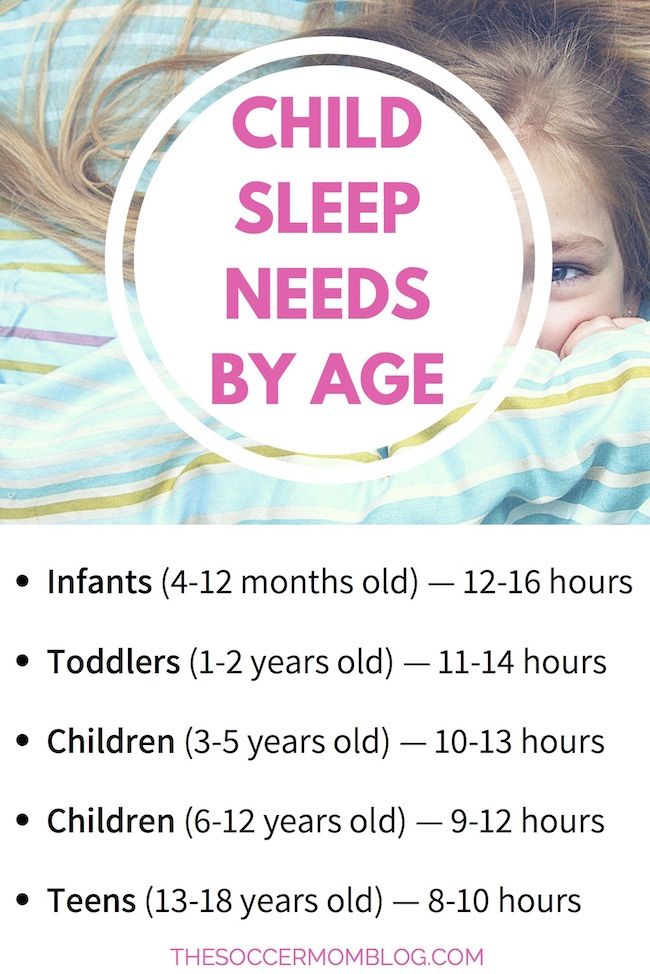 The baby's sleep is also changing.
The baby's sleep is also changing.
- The child's sleep pattern changes - his sleep becomes similar to that of an adult. It is because of this that a sharp deterioration in sleep can occur. During this period, almost all children begin to sleep poorly, even if the child did not previously have serious problems with sleep. There may be more frequent awakenings and difficulty falling asleep. Such changes are called "regression of four months."
- Regression can also affect the child's behavior during the day as a whole - the baby becomes anxious, restless, cries more often.
- Physical development. From the age of 4 months, the coordination of hand and finger movements improves, the development of the nervous system moves to a new, higher level. The child learns to roll over from his stomach to his back and back, roll on his back, pull his knees up to his stomach, and even tries to crawl. The sounds uttered by the child are noticeably more complicated.
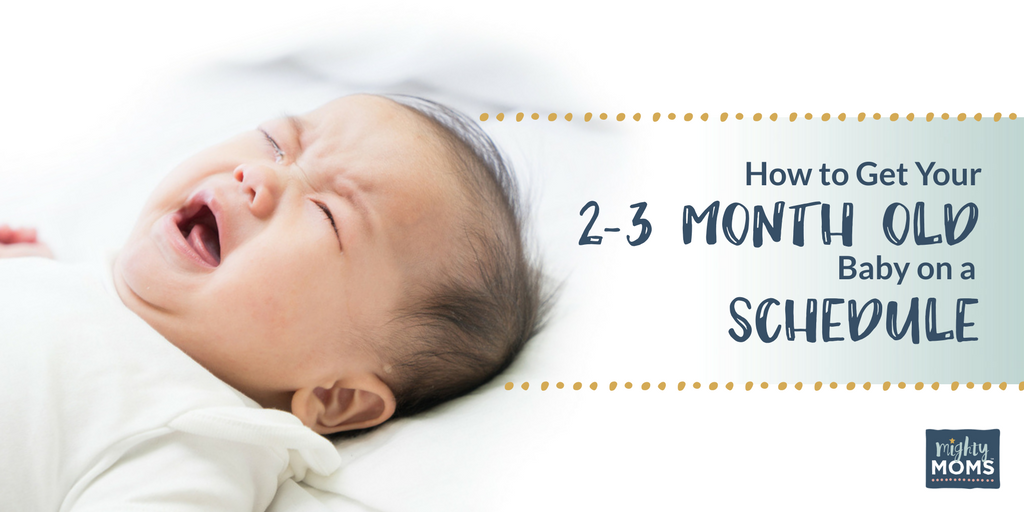
- Mental leap. From 15-16 weeks, the baby may begin a new period of anxiety. The child learns to combine individual actions and changing states, and then form events from them. For example, now the baby can shift the toy from one hand to the other, examine it from all sides, can consciously shake the toy in order to extract sound.
- Also, the child suddenly begins to realize that the world around him consists of objects that exist regardless of whether they are in his field of vision or not.
- Abrupt changes in consciousness, of course, cause fear and anxiety at first. The child requires more attention to himself, may become more capricious, whiny, appetite and sleep often worsen. But the anxiety will soon pass, and already at the beginning of the fifth month, parents will be able to be surprised at the changes that have occurred with their baby.
Daytime nap | |
At 4 months, babies usually don't sleep much during the day. They have three daytime sleeps lasting 1.5–2 hours. You may have one or more 40-minute dreams. It is often difficult for babies of 4-5 months to establish regular daytime sleep, because their biorhythms have not yet been fully tuned. They have three daytime sleeps lasting 1.5–2 hours. You may have one or more 40-minute dreams. It is often difficult for babies of 4-5 months to establish regular daytime sleep, because their biorhythms have not yet been fully tuned. | |
Night sleep | |
| The duration of night sleep in a 4-month-old baby is normally 10-12 hours. At this age, sleep may worsen, even if the baby previously slept well at night. Night awakenings become more frequent, falling asleep is more difficult and longer. These changes are not caused by behavioral problems, they are associated with a new stage of neurological changes. |
Tip of the month
Sleep regression in 4 months. How to help?
As a rule, by the age of four months (some earlier, some later) sleep is disturbed - both day and night. This is due to the changes taking place with the child.